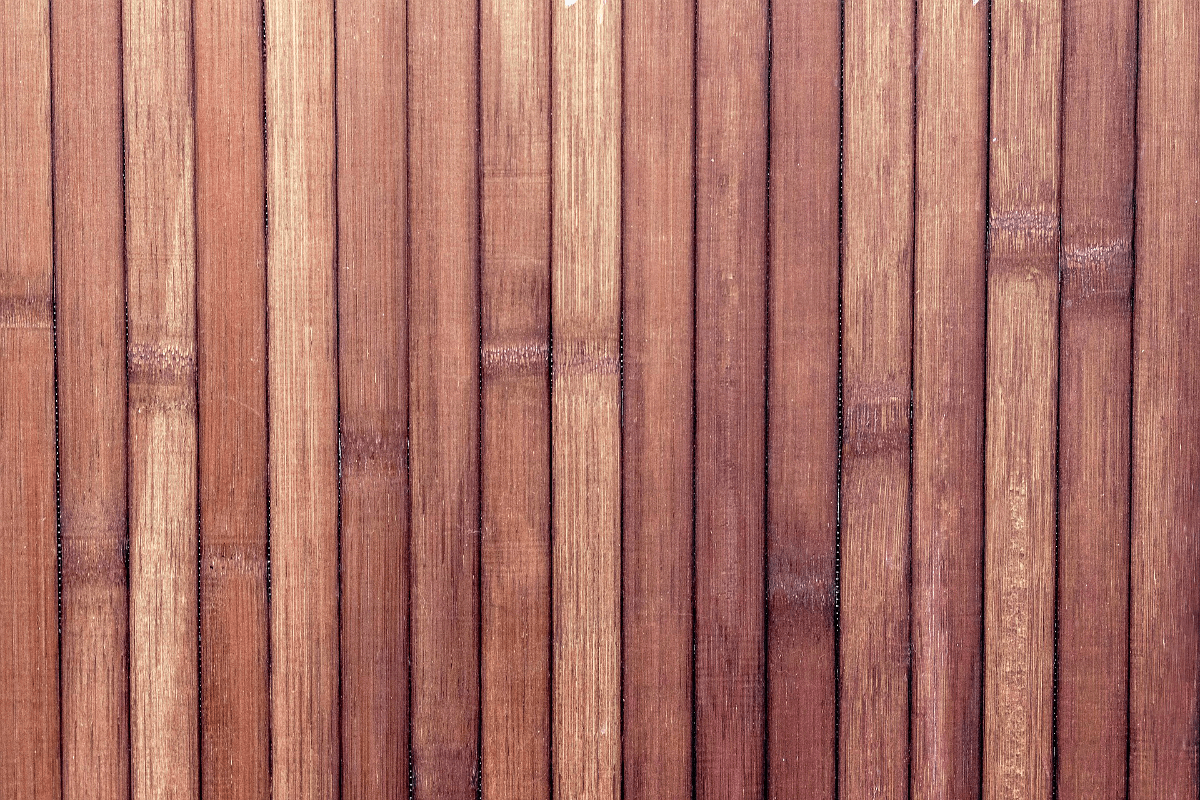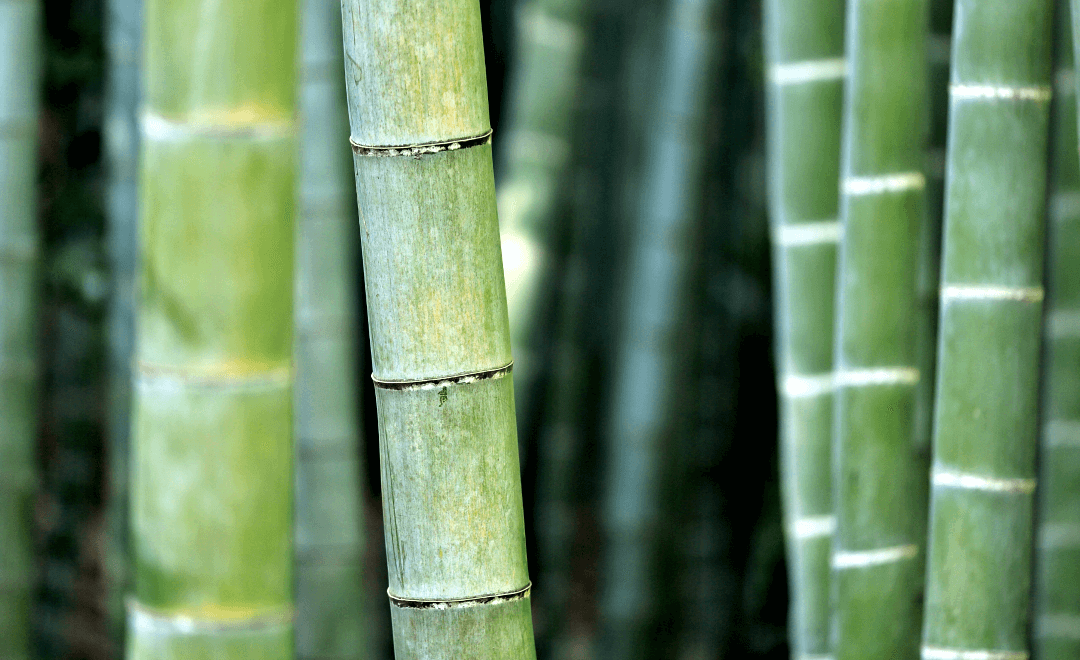The floor you choose for your home should act as an enhancement, adding beauty and function to any room.
Each type of flooring material has its benefits and drawbacks.
Today, we’ll look at bamboo flooring problems.
Common Bamboo Flooring Problems:
Dents and Scratches
If the bamboo is soft, like horizontal and vertical grain types, dents and scratches can occur, often caused in the surface finish by loose sand and dirt, pet nails, shoe heels and dragged furniture. If the floor is properly kiln-dried (cured) it is more impact resistant.
Water Problems
Bamboo flooring problems can occur if moisture becomes absorbed. Since bamboo can be prone to varying temperature and humidity levels, leading to warping, cupping, swelling and staining when water is allowed to sit on the floor. Mold and milder can become a problem if moisture is trapped in the subfloor. To deter bamboo flooring problems due to humidity, avoid installing bamboo in high-humidity areas such as bathrooms and basements.
Toxic Chemicals
Because bamboo is a grass, it must be shredded and molded together using pressure, heat and an adhesive that may potentially contain formaldehyde. This formaldehyde can off-gas over a period of time. To avoid this problem, purchase a high-quality bamboo floor from a reputable dealer.
Discoloration
If exposed to prolonged and direct sunlight, a bamboo floor can fade lighter. This can be especially evident when furniture and rugs are not moved for a period of time. Chemicals, such as those for cleaning, should not be used directly on the floor, as they too can alter the finish.
Lack of Recognized Standards
Other than the Acceptance Criteria for Structural Bamboo passed by the International Conference of Building Officials (2000), there are essentially no internationally-recognized standards for bamboo flooring products.

What is Bamboo Flooring?
Bamboo is a grass, so with bamboo flooring, you are essentially getting a grass floor! It is generally constructed in horizontal, vertical and strand-woven forms, and is often laminated to a stronger sub-layer underwood for strengthening.
Bamboo flooring is strong, durable and naturally resistant to insects and moisture, and it highly resembles hardwood flooring.
Its hardness can range from about 1180 (carbonized horizontal) to 1380 (natural) for traditional bamboo on the Janka hardness test, and from 3000 to more than 5,000 with the newer stand woven bamboo flooring. Here is its comparison to hard wood flooring: red oak (1290), white oak (1360, rock maple (1450), hickory (1820) and Brazilian Cherry/Jatoba (2350).
One reason bamboo flooring is popular is because of its ability to grow much faster than wood.
The primary species used for flooring is Moso Bamboo that can reach maturity in three to five years. Comparatively, it takes 12-20 years it can take hard woods to mature. In addition, bamboo is resistant to pests, so no pesticides are required.
Little maintenance is required for a bamboo floor. However, some care must be taken to protect against bamboo flooring problems. Never clean with water, or let water sit on the bamboo floor. Sweep and vacuum regularly to remove dirt and sand.
Contact Illinado Home Solutions
If you like the look of a bamboo floor, but are worried about potential bamboo flooring problems, pick up the phone and give us a call.
Our flooring experts at Illinado Home Systems are glad to help answer questions, help you choose the right flooring product, or install a new floor.

